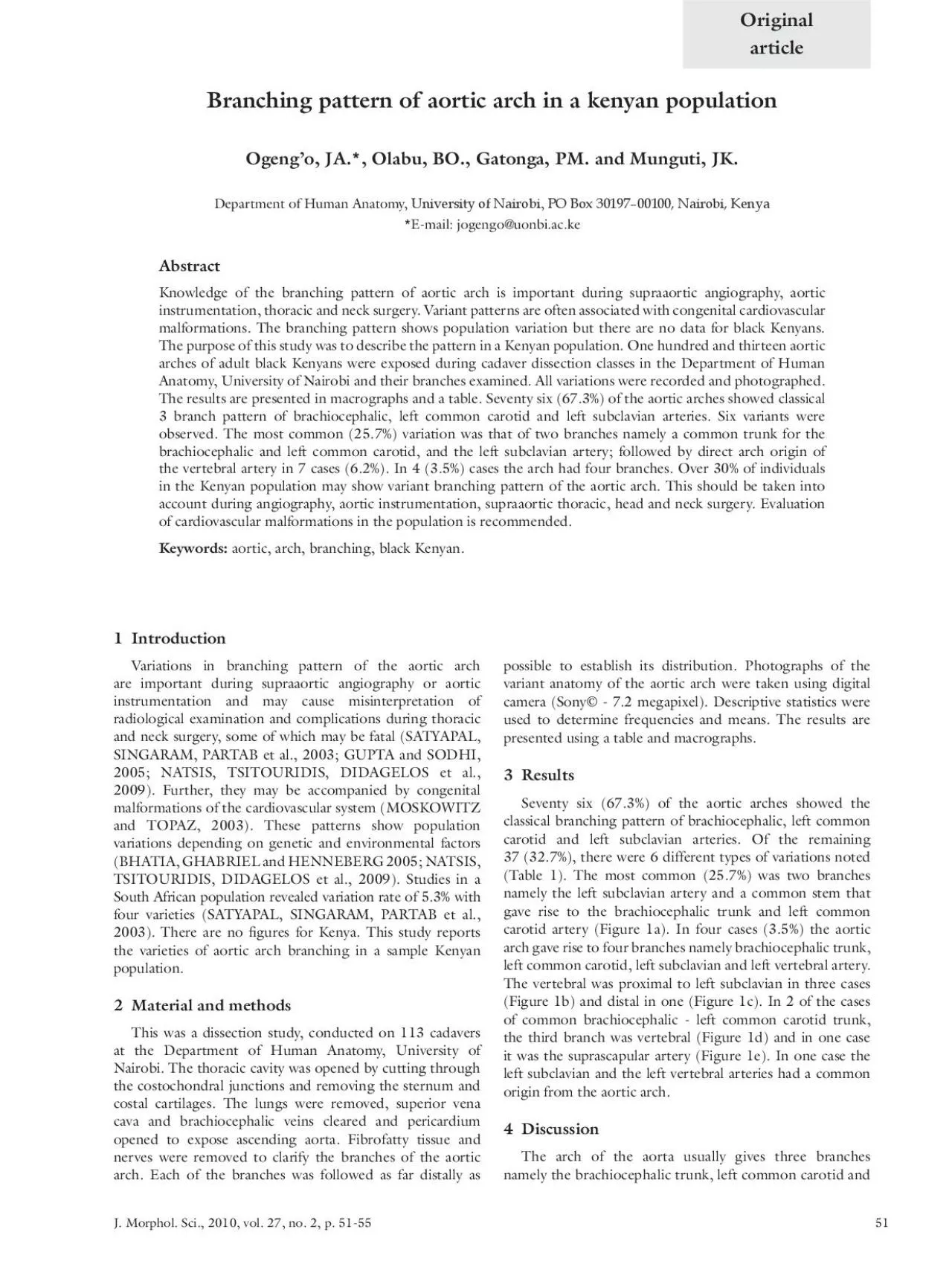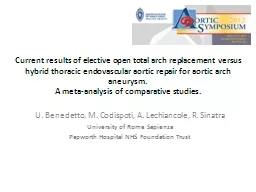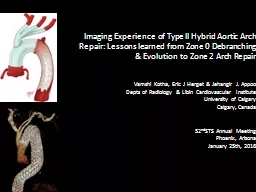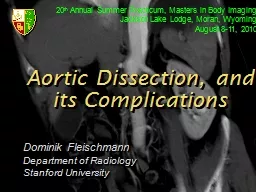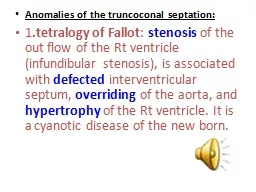PDF-Aortic arch branches in Kenyans
Author : osullivan | Published Date : 2022-08-16
SATYAPAL KS SS PARTAB P KALIDEEN JM and ROBBS JV Aortic arch branch variations 150 case report and arteriographic South African Journal of Surgery 2003 vol 41 no
Presentation Embed Code
Download Presentation
Download Presentation The PPT/PDF document "Aortic arch branches in Kenyans" is the property of its rightful owner. Permission is granted to download and print the materials on this website for personal, non-commercial use only, and to display it on your personal computer provided you do not modify the materials and that you retain all copyright notices contained in the materials. By downloading content from our website, you accept the terms of this agreement.
Aortic arch branches in Kenyans: Transcript
Download Rules Of Document
"Aortic arch branches in Kenyans"The content belongs to its owner. You may download and print it for personal use, without modification, and keep all copyright notices. By downloading, you agree to these terms.
Related Documents

